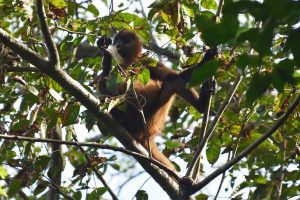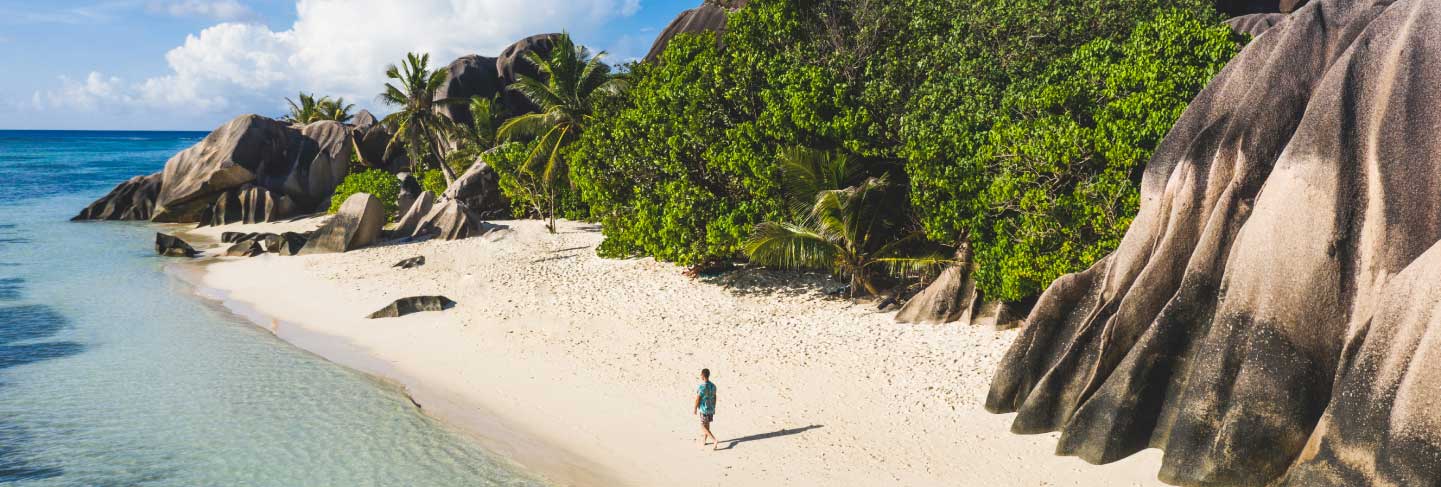Science in the February sun: Preserving Costa Rica’s abundant biodiversity
Zaytoen Domingo
Posted: May 4, 2020
Welcome once again to the GVI Jalova blog here in the sunny Costa Rican jungle! February is the midst of the “dry” season here in the rainforest meaning that the weather has been sensational and everyone here has been making the most of our sun-blessed days. It doesn’t get much better than having our own beach which stretches on for miles and miles in either direction and the Caribbean Sea as welcoming as a bath in which to frolic!
These incredible surroundings only add to the feeling that what everyone here on base is doing is worthwhile but the main contributor to that feeling is the research that we carry out every day. The work we do here is so important because monitoring the health of the national park aids in the protection of its biodiversity. This year we celebrate ten years’ worth of continuous data collection and interpretation and as anyone who has a background in science can attest to, longitudinal studies offer us the most complete picture of an ecosystem. GVI Jalova are the only group of researchers to study the southern end of Tortuguero National Park which has a huge variety of ecosystems of global importance. The wetlands and canals surrounding our base are a Ramsar Designated Site, meaning that they are recognized by the Ramsar Convention of 1971 as of great importance to the biodiversity; both migratory and resident. The black-sanded beach that spreads for 27km around us is the second largest Green Sea Turtle (Chelonia mydas) rookery in the world which welcomes, on average, 22,000 nesting mothers to it every year. Like most sea turtles, the Green Sea Turtle is endangered which means all the work we do for their preservation is even more vital. The rainforest which covers the surrounding area is home to many species facing huge amounts of human pressures elsewhere and theyhave nowhere else to go.
Some of the endangered species found here include the Central American Spider Monkey (Ateles geoffroyi), the Great Green Macaw (Ara ambiguus) and, found in its highest concentrations anywhere in the world, the almighty Jaguar (Panthera onca). Gracious and beautiful species like these will carry on to inspire music, art, religion and ecological passion throughout the human race if they do not fade into history.
Speaking of Jaguars, February marks the start of our Jaguar Research Program here in Jalova, as with the Turtle project, it is seasonal. This means our esteemed partners, Coastal Jaguar Conservation (CJC), came to base to initiate the program for the year and to check all their infra-red camera traps they have set up along the beach. Here at GVI we also help collect data for the CJC through camera trapping, a skill that all the volunteers through our gates will get hands-on experience with and this skill looks great on any budding conservationist’s CV. Through the videos collected we are able to sneak a peek into these ethereal apex predators’ behaviours and lives, insight that is incredibly rare to come by in big cat research. Through the CJC’s pioneering work Jaguars have been able to become better understood, particularly in this incredibly unique habitat. Their social dynamics, feeding behaviour and how so many are able to coexist in such a small space has all been explored through the help of GVI volunteers out of our Jalova base.
February was a wonderful month and here at Jalova we look forward to the rest of the year and all the challenges it will bring.
By Zaytoen Domingo



